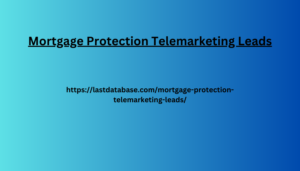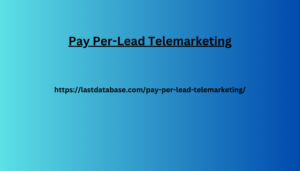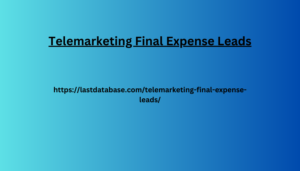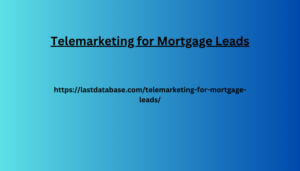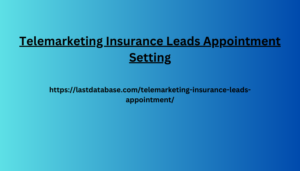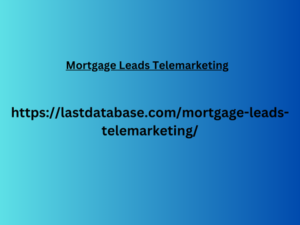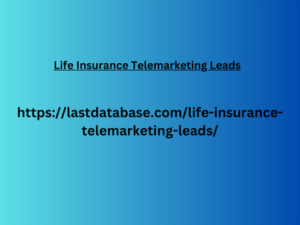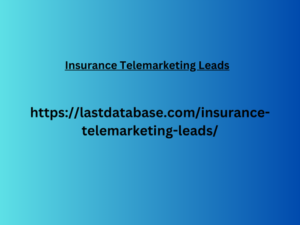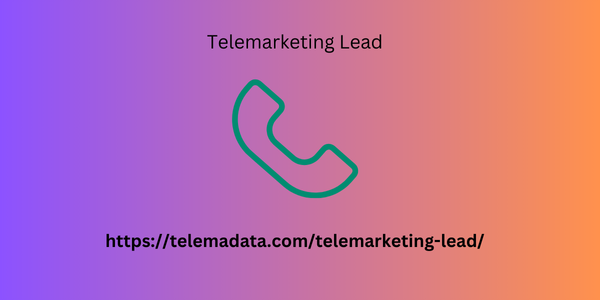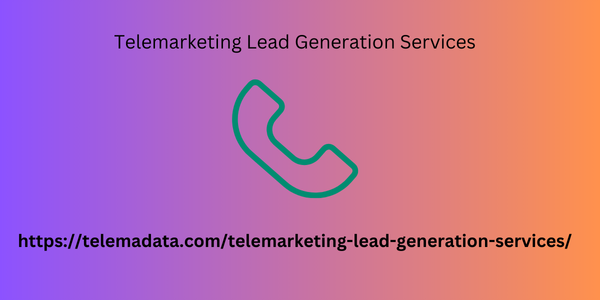in the sense of a tool that automatically finds and qualifies leads for you. However, LinkedIn offers a robust platform for B2B lead generation, especially in the life science field you’re interested in. Here’s how you can leverage LinkedIn to attract high-value leads:
Building Your Profile as a Lead Magnet:
Compelling Profile: Craft a headline and summary that clearly showcase your value proposition and target audience within life science. Include relevant keywords and links to your website or portfolio.
Industry Expertise: Highlight your experience, qualifications, and achievements relevant to life science.
Content Creation: Share informative articles,
reports, or original research related to your niche. Position yourself as a thought leader.
Targeted Lead Generation Techniques:
Advanced Search: Identify potential
leads based on industry, job title (e.g., research scientist), company size, and location (focusing on life science hubs).
Connect and Build Relationships: Personalize connection requests and follow-up messages with relevant life science Mortgage Protection Telemarketing Leads professionals. Engage with their content and provide valuable insights to build rapport.
Content Promotion and Lead Capture:
Company Updates: Share updates
about your company’s work, new do phone interviews lead to internships developments, or industry event participation to stay visible within your network.
Lead Capture Forms: Utilize LinkedIn Lead Gen Forms. Offer downloadable content like white papers or industry reports in exchange for contact information.
Additional Strategies for Life Science:
Industry Specificity: Focus content
on challenges faced by life science professionals (research findings, new technology applications, industry trends).
Influencer Collaboration: Partner with established life science influencers to expand your reach and gain credibility.
Thought Leadership: Publish articles or contribute to forums to position yourself as an expert in your life science niche.
Pro Tip: Leverage Paid Features (Optional):
LinkedIn Sales Navigator:
This paid tool offers advanced search filters, lead recommendations, and outreach functionalities to target and connect with high-value prospects.
Tracking and Optimization:
Monitor Key Metrics: Track profile views,
connection requests, website clicks, and lead capture form submissions to measure your strategy’s effectiveness.
Refine Your Approach: Analyze data to see what works and adjust your content, targeting, or CTAs (Calls to Action) to optimize lead generation efforts.
Remember: Building trust and establishing yourself as a valuable resource is key. Focus on providing valuable content, engaging authentically, and nurturing relationships to convert prospects into qualified leads.
By implementing these strategies,
you can turn LinkedIn into a powerful tool for lead generation in the life science industry. There are no automated lead generation features within LinkedIn, but these strategies can help you attract and connect with potential clients effectively.

